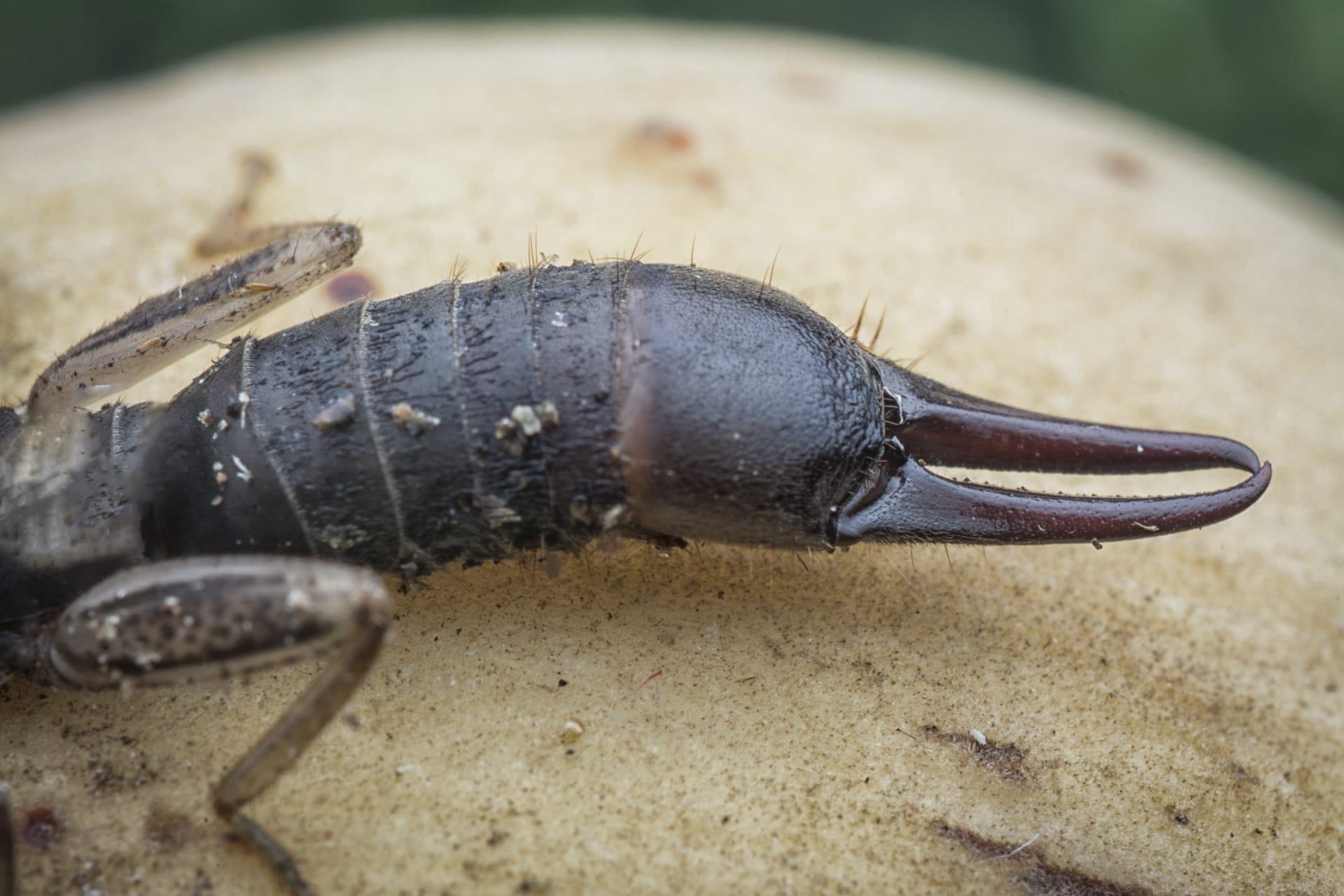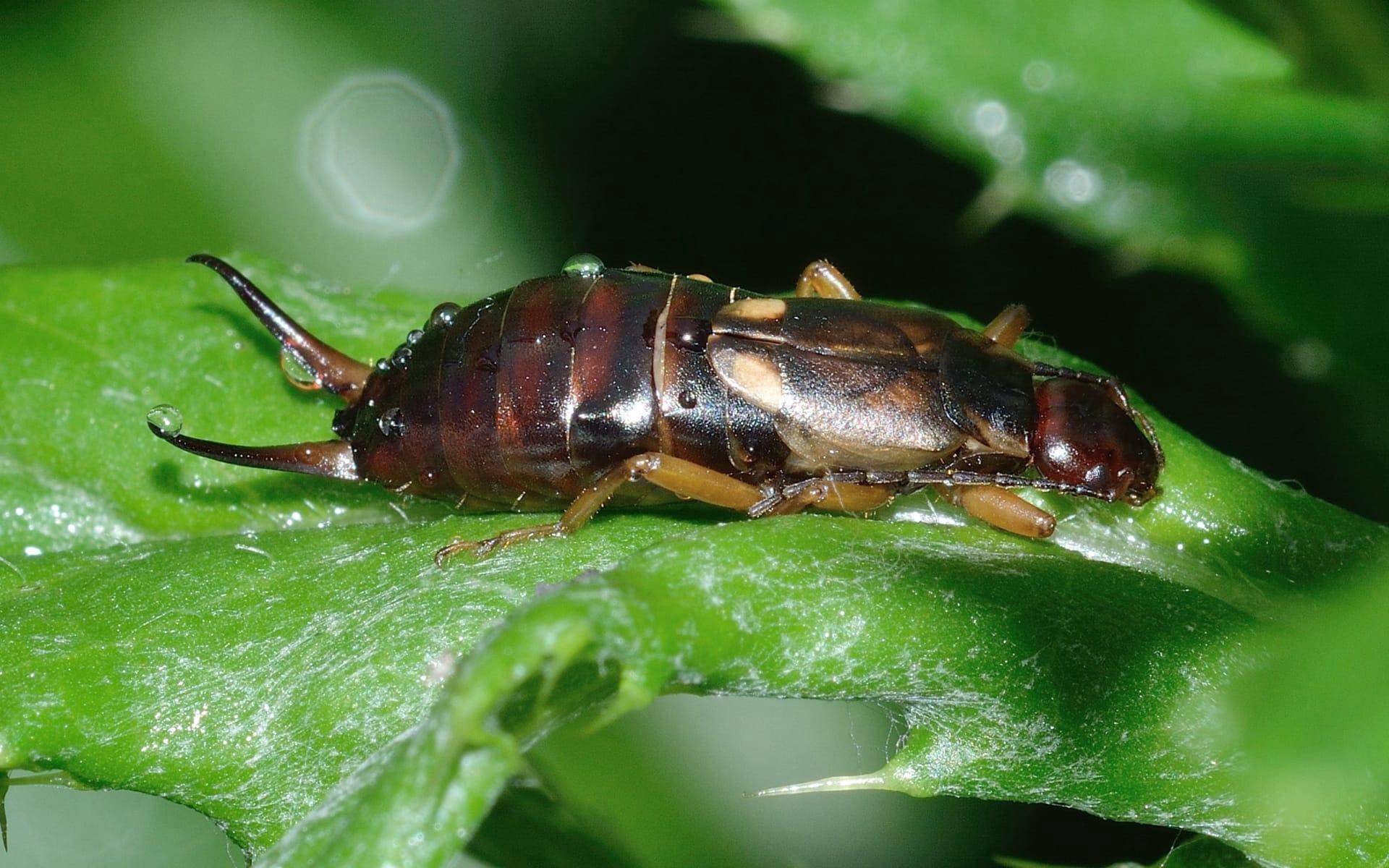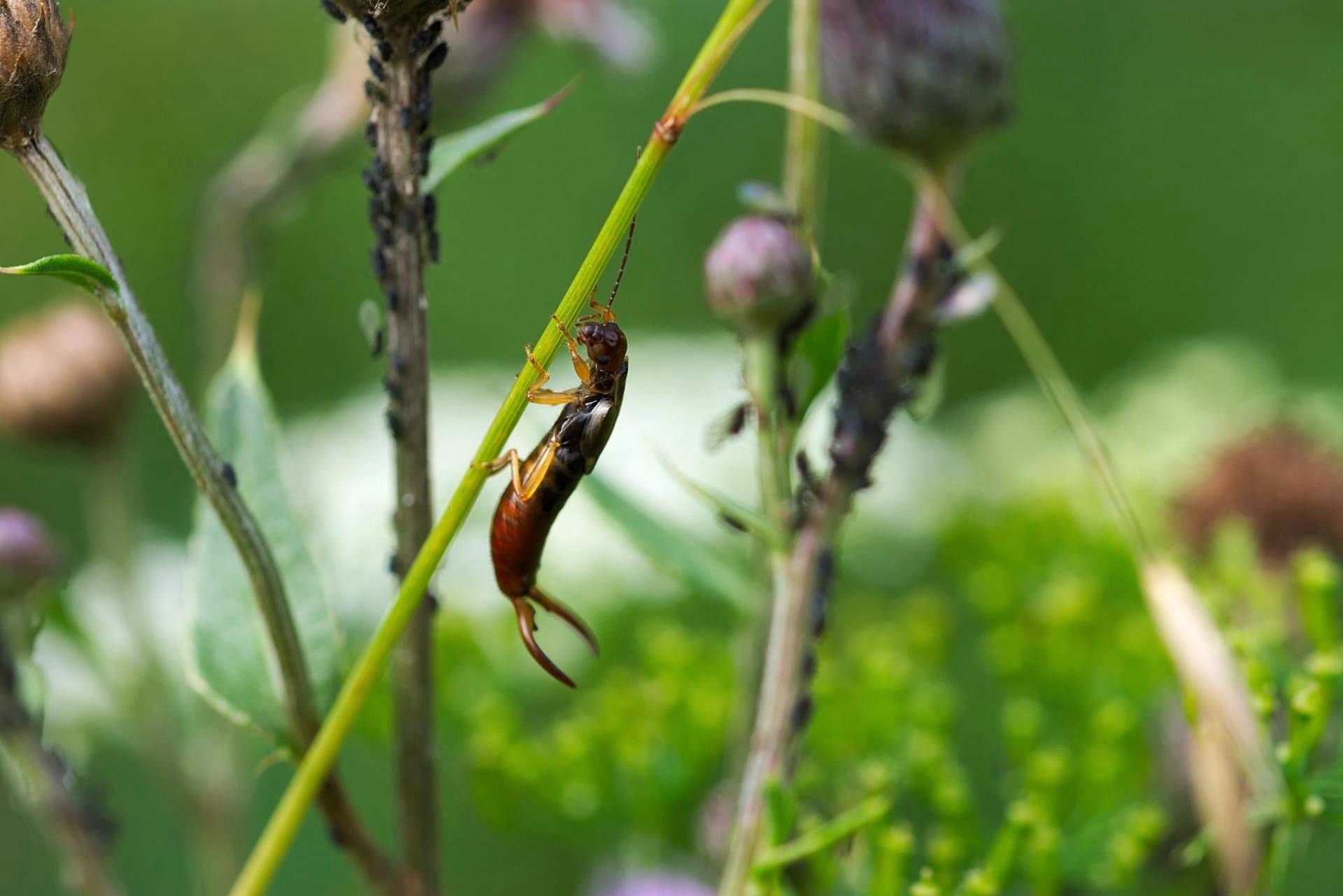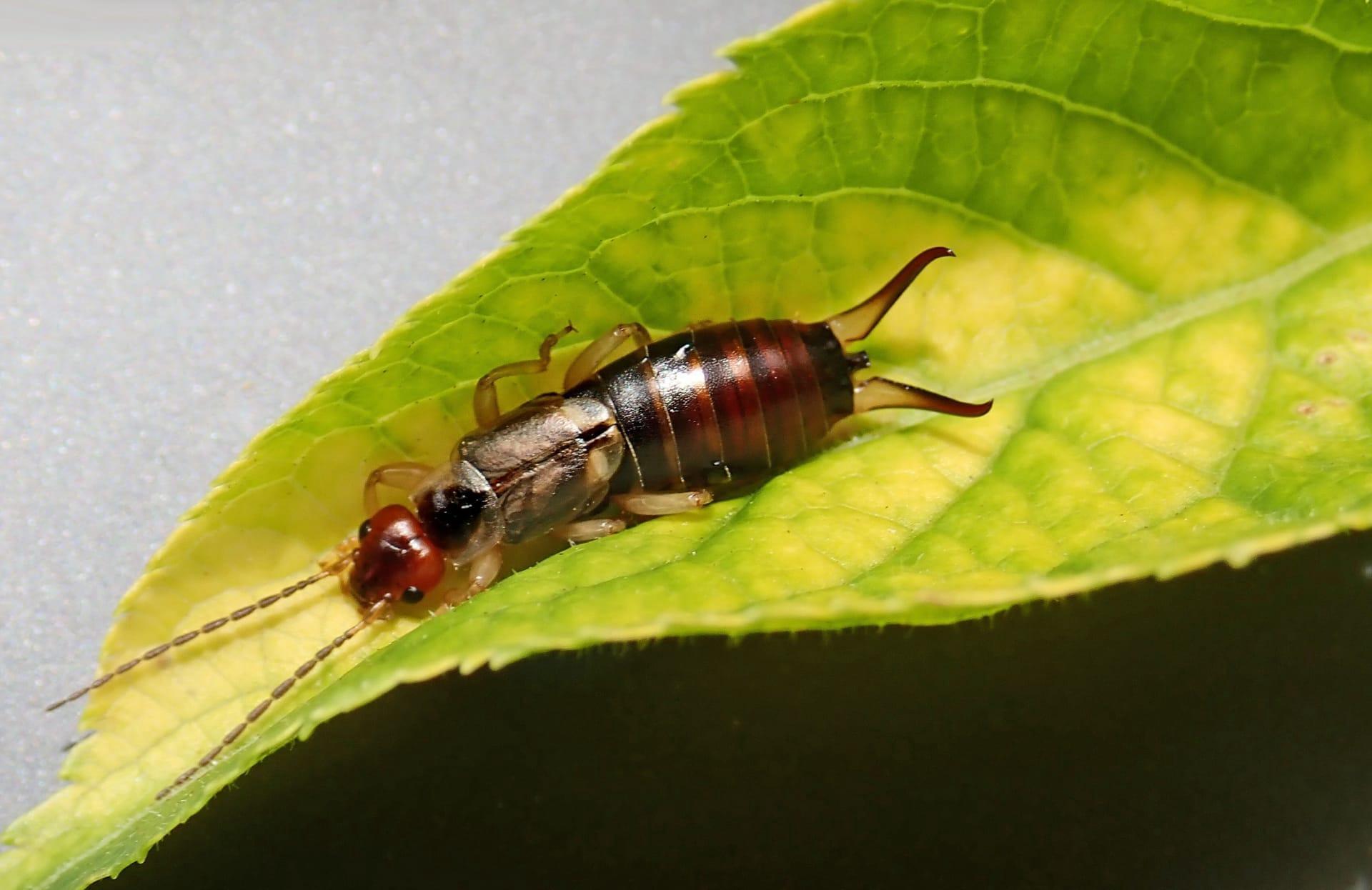Earwig Bug Trivia
- Home /
- Trivia Question /
- Animal /
- Earwig Bug Trivia
1
Question: What are the identifying features of an earwig bug?
Answer: Earwig bugs are easily recognizable by their pincer-like appendages, known as cerci, at the end of their abdomen. They typically range from 5 to 25 millimeters in length, with a flat and elongated body. Their color varies from brown to black, and some species have yellow or reddish markings. Additionally, earwigs have two pairs of wings, with the front pair being hard and protective, resembling a shield.
Question: What is the diet of an earwig bug?
Answer: Earwigs are omnivorous and have a diverse diet. They primarily feed on a variety of plants, decaying organic matter, and other insects, including aphids and mites. In a garden setting, they can be both beneficial, by consuming pests, and harmful, as they may also eat tender plants and crops. Their feeding habits can change based on availability of food sources and environmental conditions.

2
Question: Is it true that earwigs crawl into human ears?
Answer: This is a common myth, but it's unfounded. There's no evidence to suggest that earwigs are attracted to human ears or burrow into brains. Earwigs prefer dark, moist environments for hiding during the day, and this myth likely arose from their nocturnal nature and name origin.
Question: Do earwigs pose a danger to humans?
Answer: Earwigs are generally not dangerous to humans. They can use their pincers to pinch if handled or threatened, but they rarely break the skin. There is no venom or harmful substance in their pincers, so the pinch is more startling than painful. They are not known to carry diseases harmful to humans.

3
Question: How do earwigs reproduce and what is their life cycle?
Answer: Earwigs undergo a process called incomplete metamorphosis. The female lays about 20-60 eggs in a burrow. After hatching, the nymphs resemble small adults and go through 4-6 molting stages before reaching maturity. Interestingly, earwig mothers display maternal care, which is rare among insects, by guarding and cleaning the eggs until they hatch.
Question: Can earwigs fly?
Answer: While earwigs have wings, they are not known for their flying abilities. Most species have a pair of hind wings folded underneath their short, leathery forewings, but they rarely use them for flying. When they do, their flight is often erratic and not very efficient. Earwigs prefer to travel by crawling and are quite fast on their feet.

4
Question: What role do earwigs play in the ecosystem?
Answer: Earwigs are an important part of the ecosystem due to their dual role as both predators and prey. As predators, they help control populations of smaller insects and mites. As prey, they are a food source for birds, amphibians, and reptiles. Their scavenging also aids in the decomposition process, contributing to soil health.
Question: How do earwigs defend themselves?
Answer: Earwigs use their pincers primarily for defense. When threatened, they will curve their abdomen forward over their body to brandish their pincers. This can deter predators and can be used in battles with other earwigs. Additionally, some species emit a foul-smelling liquid as a defense mechanism.

5
Question: What habitats do earwigs prefer?
Answer: Earwigs are versatile and can be found in a variety of habitats, but they prefer moist and dark environments. Common habitats include under rocks, logs, mulch, and in garden debris. They are also known to enter homes, seeking moisture and shelter, especially during extreme weather conditions.
Question: How do earwigs impact gardening and agriculture?
Answer: In gardening and agriculture, earwigs have a dual impact. They can be beneficial by consuming aphids, mites, and other garden pests. However, they can also damage a wide range of crops and ornamental plants by feeding on their leaves, flowers, and fruits. Managing their population is important in balancing their beneficial and harmful effects.